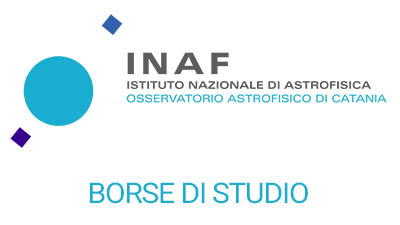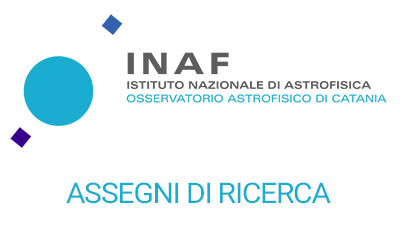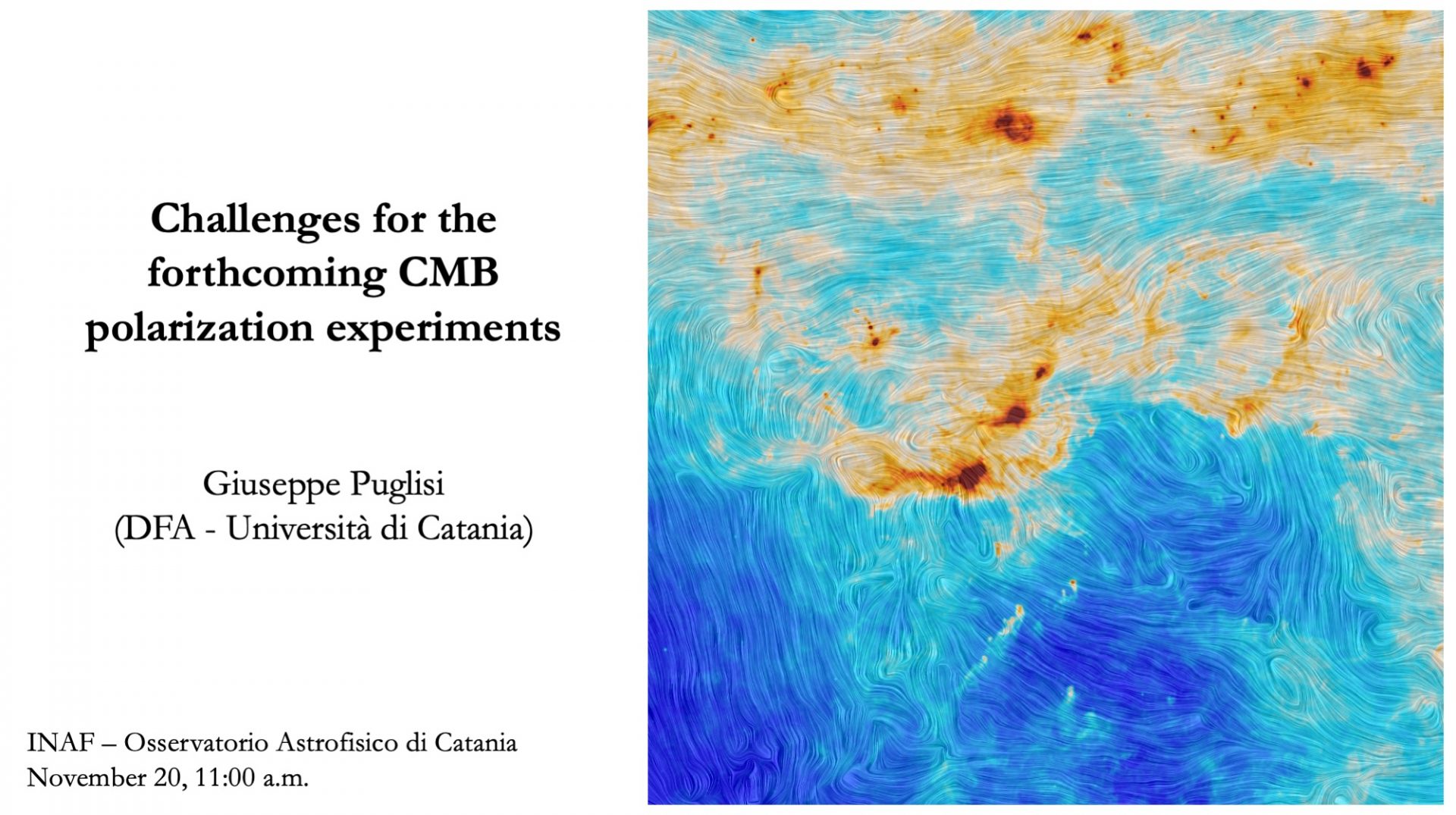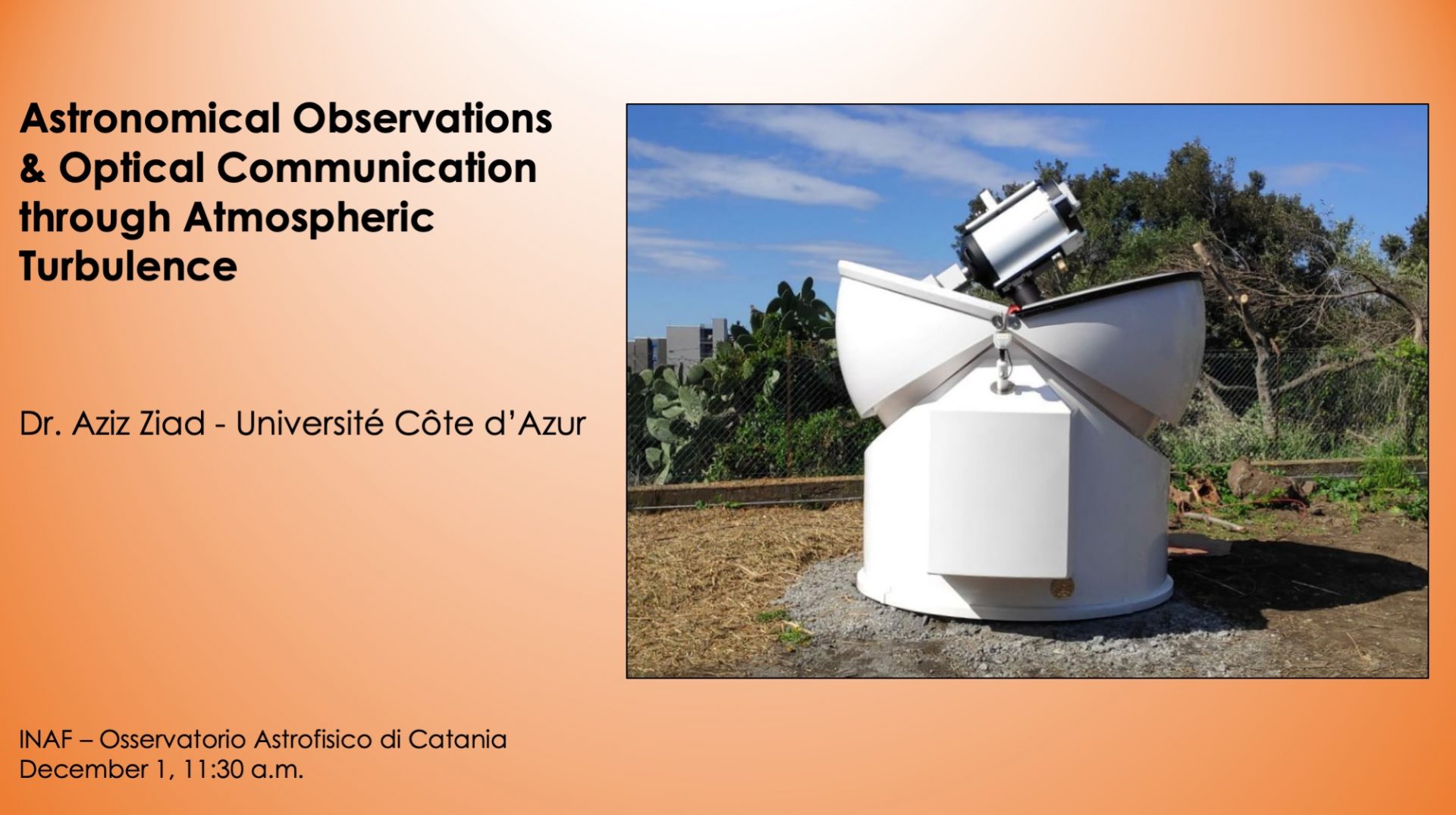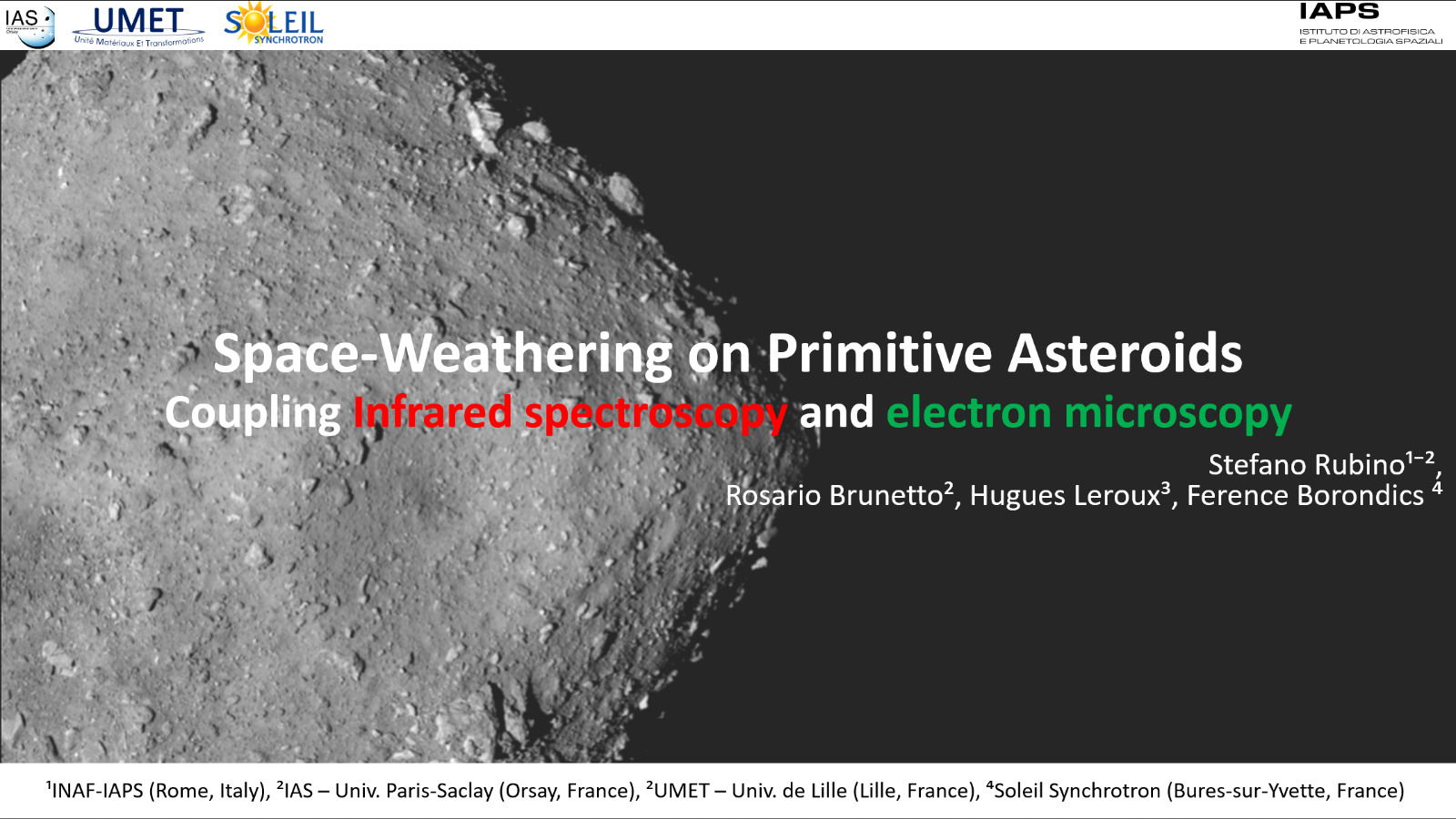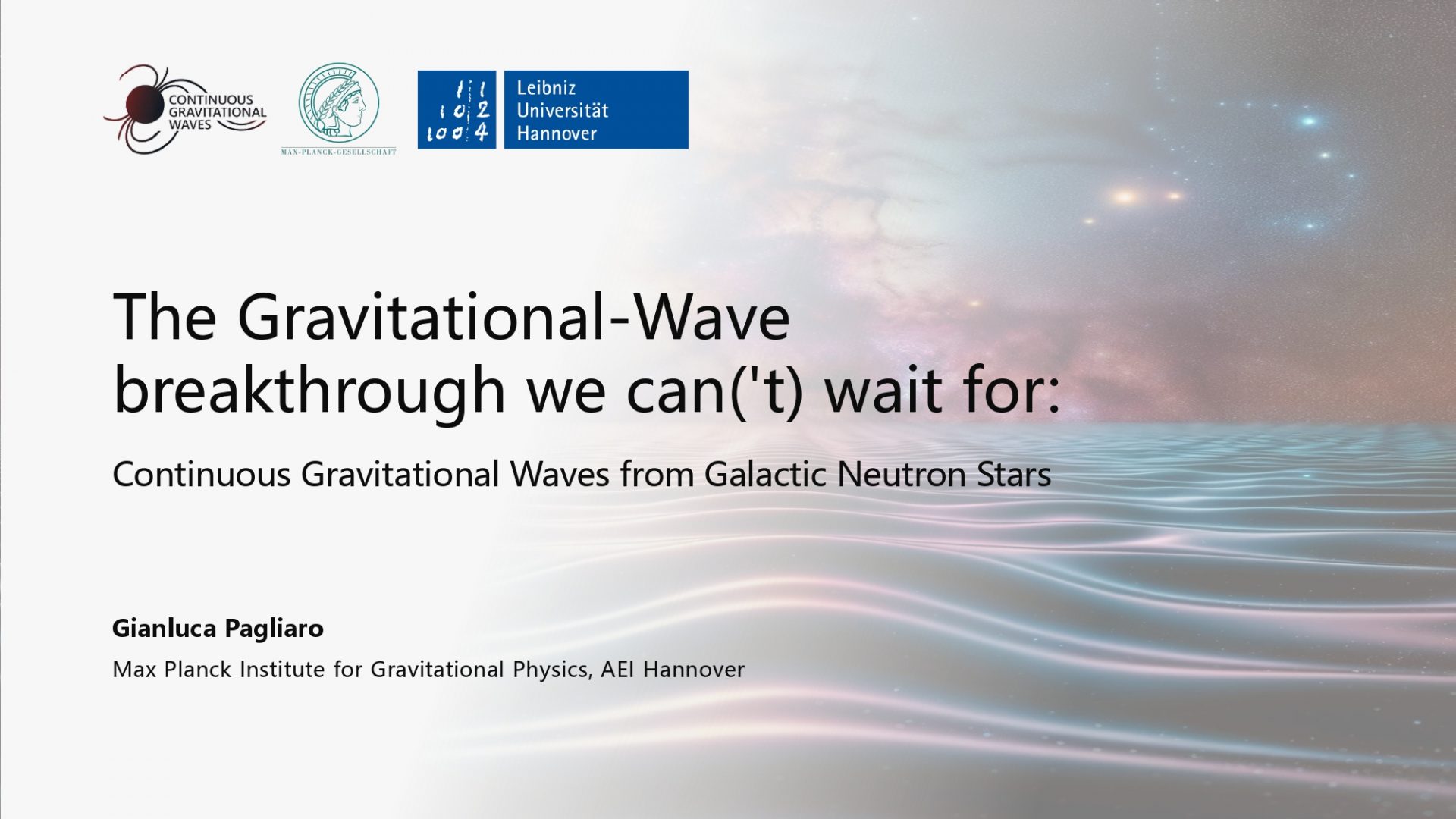Less than a decade after the first historical Gravitational Wave (GW) detection GW150914, the field of GW astronomy has grown at a phenomenal pace, going from less than an event per month, to the currently observed rate of few events a week.
Despite the exceptional contributions the field has brought to fundamental physics, astronomy, cosmology, computational physics as well as the unavoidable collateral progress in fields related to the experimental development of GW detectors, the picture is anything but complete.
Amongst the missing pieces of the puzzle we find Continuous Gravitational Waves (CGWs).
In this seminar I am going to talk about CGWs, what are they and what astrophysical sources and mechanisms can produce them, with a particular focus on non-axisymmetric spinning Neutron Stars.
I will also briefly discuss the different search implementations, what is done, or can be done, to increase our chances to arrive to what is probably going to be the next breakthrough in GW Astronomy, the first CGW detection, including a discussion about prospects in view of future observation runs as well as GW detectors operational in the close future.
